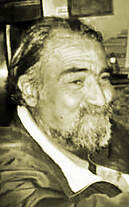 Schillizzi Schillizzi Enzo Schillizzi (b 1955 - d 2009) lived in the small Albanian-Italian village of San Costantino Albanese above the banks of the Sarmento River. The artist spent almost all his life in this small village just outside of Potenza, painting the local life and culture in murals all around the area. His work focused on the cultural symbolism of arbëresh tradition and folklore, especially on religious rites, for example, illustrating Nusazit, the pyrotechnic puppets of the saints day of San Constantino Albanese. Proud of the region's heritage, he recorded his impressions of the romantic and violent history of Basilicata and the briganti, robber/rebels who ran rampant during the post-unification period if Italy. Other subjects were his own interpretations of of painters such as Velasquez and Picasso. Some works are childlike, with indeed a Picasso-esque loose hand, while others show his extraordinary skill as a draftsman. After his untimely death, in July 2009, an effort has been made to research, document and restore and preserve his wonderful murals in addition to paintings privately owned. His colors often remind the viewer of the muted and natural palette from Basilicata itself--wheat, the varied tones of greens from the mountains and valleys, and the more vibrant colors of sky and flora. This research has been possible through the efforts of family and friends, who helped to identify and search out several paintings and gain permission of the owners to allow photographing them for posterity. Despite his works being dispersed in various places, a significant number still remain in San Costantino in private collections houses and in public spaces. Some his more complex works remind me of the work of Mexican muralist Diego Rivera while others have a mix of abstract and cubism in their compositions. After seeing his work, I'm convinced that his imagery would be well suited to ceramics and mosaic tiles. The town of San Constantino is blessed to have much of his work on public display, honoring their wonderful heritage. --Jerry Finzi 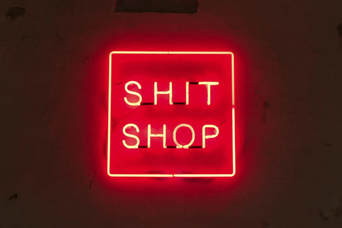 No shit! There really is a Shit Museum in Italy... the Museo della Merda. It was in 2015 that Gianantonio Locatelli founded the "museum" in Lombardy along with his associates: Luca Cipelletti, who manages its projects and products, Gaspare Luigi Marcone and Massimo Valsecchi. The idea came into being in Castelbosco, in the province of Piacenza (just south of Milan) on a farm which makes milk for Grana Padano cheese and includes seven production units. Here every day 3,500 specially selected cows produce around 50,000 litres of milk and 150,000 kilos of poop. 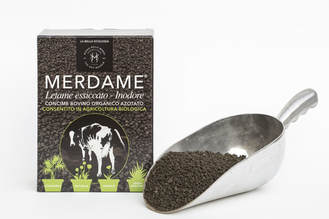 Letame Essciato - Dried Manure fertilizer Letame Essciato - Dried Manure fertilizer The future-thinking Locatelli wanted to turn all this excrement into something useful with his ecological, productive and cultural scheme. Using highly innovative systems, electrical energy started to be produced from the manure. Today the farm produces up to three megawatts per hour! The buildings and offices of the farm are heated exploiting the warmth given off by huge processing tanks called Digestori (digesters) turning the manure into energy. The process also produces fertilizer offered for sale under the name MerdaMe (Shit me). All these activities have drawn attention from various international institutions concerned with ecology and innovation, leading to widespread recognition and prizes, and making Castelbosco a point of reference. 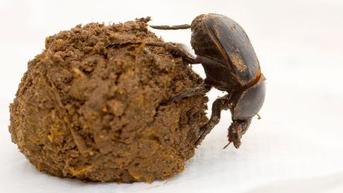 Locatelli began to gather together friends and artists, leading him to the idea of the Shit Museum. The Museum itself might be called a canvas onto which artists create... the Digesters themselves transformed into a bright colored landmark in the area. The idea for a new museum slowly took shape, emerging from manure to deal with the broader theme of transformation. The museum would be an agent of change which, through educational and research activities, the production of objects of everyday use and the gathering of artifacts and stories concerning excrement in the modern world and throughout history, was to dismantle cultural norms and prejudices. The first stage of the project was carried out in April 2015 with the inauguration of the exhibition spaces of the Museum, in the rooms on the ground floor of the company premises, located within the medieval castle of Castelbosco. The museum is a blend of aesthetic, scientific, human and animal experiences, both modern day and historic. The concept is that shit is a useful and living material. The symbol and mascot of the Museum is the dung beetle, considered divine by the Egyptians (and symbol of the Museum itself), to the use of dung in architecture, from ancient Italian civilizations to those in Africa, via historical-literary works such as Pliny’s Naturalis Historia. Right up to the latest scientific research and works of art drawing on the use and reuse of waste and discarded materials, the Museum is a contemporary cabinet of curiosities which finds its main guide in the science and art of transformation. 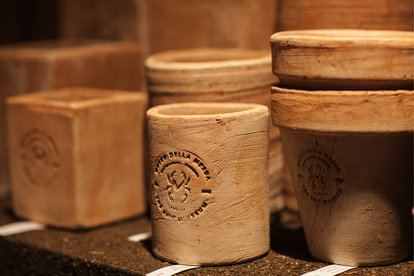 Museum Activities Right from the start, the Shit Museum was designed to be a production center not only of ideas and exhibitions, but also of objects and projects. The implementation and patenting of the Merdacotta® brand sums up the principle of sustainability. The poo is mixed with clay and gives shape to the first products to bear the Museo della Merda brand: vases, flowerpots, tiles, plates, bowls, a jug and a mug in simple, clean, rustic shapes, harking back to ancient principles. The ‘primordial products’ of the Museum were presented for the first time during the 2016 Salone del Mobile, in an exhibition which won the promoters Cipelletti and Locatelli first prize in the Milano Design Award. The motivation given was as follows: “for the development of a process of great complexity and innovation, capable of destabilizing common perceptions. The educational itinerary breaks down all the commonplace stereotypes and offers a censorial experience, one which promotes a new vision of the culture of the project.” Museo della Merda
Frazione Campremoldo Sopra Loc. Castelbosco 29010 Gragnano Trebbiense (PC), ITALY To Make an Appointment: [email protected] For information: [email protected] "Americans never really get a day off. When they are on vacation, they still check for messages, file reports, talk to their boss and attend phone conferences. The vast majority of Italians don't do that. If they are on vacation, they are on vacation. They have no conversations about work, don't think about it and certainly don't call up their bosses to hear about what's going on while they're away."
" In America, you eat first with your wallet first, your eyes second, and third with your mouth. In Italy we eat with our heart first, second and last.”
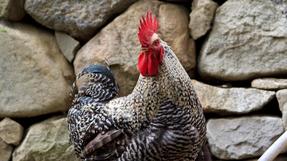 Here is an odd tale.... or tail, should I say. It's a tale of a visitor going to Italy and finding out that animals talk, screech, bark and chirp differently there. On my first day waking up at our agriturismo, I heard a welcoming, country sort of sound. To me, I heard, "Cock-a-doodle-doo!). Obviously a rooster waking with the sunrise. When I mentioned it to the padrone later on, he nodded his head and said, "Si, that was the gallo with his morning 'chicchirichí'"! (kee-kee-ree-keee). "Ok", I nod. 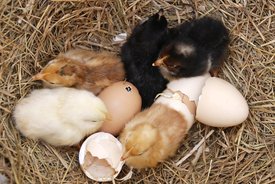 Then he takes me over to his hen house where he produces organic eggs. There are lots of chickens going "cluck, cluck, cluck", or so I thought. He says "I like-a to hear my galline (hens) laying eggs and saying coccodè" ("coke-o-day"). Then I know-a they are-a happy". Ok. Then he shows me their chicks in a sort of incubator setup to keep them warm. Lots of "cheep, cheep, cheeps" going on. He picks up one and cups it in his hand and mimics "Ahh, piccolo pulcino, 'pio, pio, pio'". (pee-o, pee-o, pee-o). Uh huh. 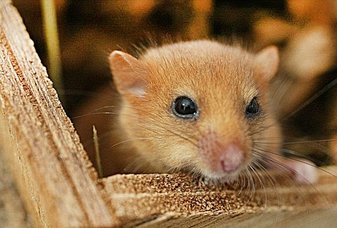 He suddenly spied a hole down near the floor where a tiny mouse got in and is eating some feed. "I hear these leetle thieves all-a the time going, 'Squit, squit, squit' ", he says as he tries to land a shovel on top of the little guy. All I heard was a "squeak, squeak" as the mouse disappears into a crack. "He's-a mangia here every day... piccolo topo demone!" 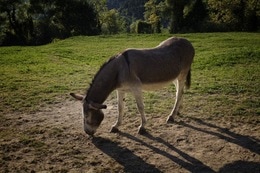 We walk down toward his field and one of his donkeys is having a little hissy fit... "eee, aww, ee, aww!" He goes right up to him, pats him on the rump and says "i-oo, i-oo (eee-oo, eee-oo), mio asino, calma, calma." I picture Shrek's buddy as I watch him calm the beast down as it starts nibbling on a weed. 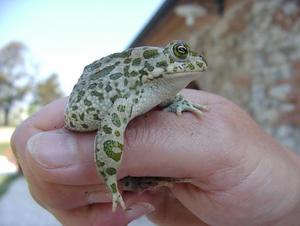 He wanted to show me his bee boxes near the pond, and as we get close I hear a "ribbit, ribbet". He notices me looking for the source of the croaking and says, "Ahh le rane... 'cra, cra!' Over near-a the water." I see some crows passing overhead and he looks up to mimic them, saying, "Ahh... Il corvo... 'cra, cra, cra' ". Mmmm.... In Italy I suppose frogs and crows are some sort of cousins--they speak the same language. There are lots of cousins in Italy. 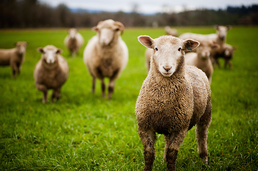 Onward toward the bee boxes, when I hear a wayward sheep say "Baa, Baaaa", Padrone mimics again.... "Hey, get-a back over there, mia pecora.... 'Bee... beee!' " grabs him by his wool and lifts him back over the fence into the field. "Bee?" Does the sheep know we're going to see the bees? Somehow, I don't think so. 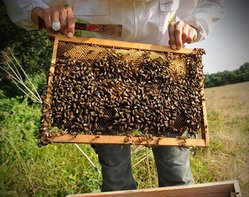 We get to the bee boxes and all I hear is "Bzzz... Bzzzzz" while he lets out, "zzzz.... zzzz... zzzz... see the ape? They won't sting. No worry We make-a our own miele here too!" Then the goose on the pond let's out a "Honk, Honk" and he answers back "Qua, Qua, oca!" and throws a crust of bread he had in his pocket to the long necked beauty. 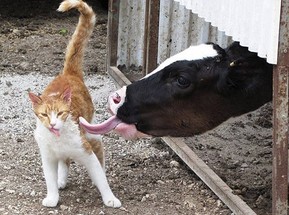 As we wandered back around the main field and on toward the main house, I saw some cows laying down near the fence with a cat playing around their tail. Then he points amused and says "Look-a, the gatto, she plays with-a the mucca... 'miao, miao... MUuuuuuu....' " At last... at least some animals around here talk English! As I get back to my little stone cottage, one of the many dogs on the farm runs up to me and barks, "bau bau!" Wait a second. I'm actually starting to get the hang of this language! "Here boy", I call... "venire qui, cane... bau, bau!" I give him a piece of sausage from my pocket. (Where'd that come from?)
(Gotta remember to buy some of that miele before I leave). --Jerry Finzi You can also follow Grand Voyage Italy on: Google+ StumbleUpon Tumblr Beginning in January, 2017, Grand Voyage Italy is undergoing a reconstruction: adding new pages, categories and moving older posts to more appropriate pages. If you can't find what you are looking for in this new Lifestyle page, use the Search Box to help find what you need. Grazie!
We planned on going to Italy even before our son, Lucas was born, but because of a sudden illness, we had to call it off. Then in 2014, we planned our three week Voyage to Italy, but this time, with our 12 year old son along with some typical goals... see the art, architecture, learn the history and search out my father's roots in Molfetta down in Puglia. We knew it would be a great time, giving us fantastic memories, but as this blog shows, it has changed our lives in many ways. Here are a few ways that a Voyage to Italy might change you forever:
--Jerry Finzi If you liked this article, please share it with your friends! Ciao! You can also follow Grand Voyage Italy on: Google+ StumbleUpon Tumblr Copyright 2016 - Jerry Finzi/Grand Voyage Italy - All Rights Reserved
|
On AMAZON:
|

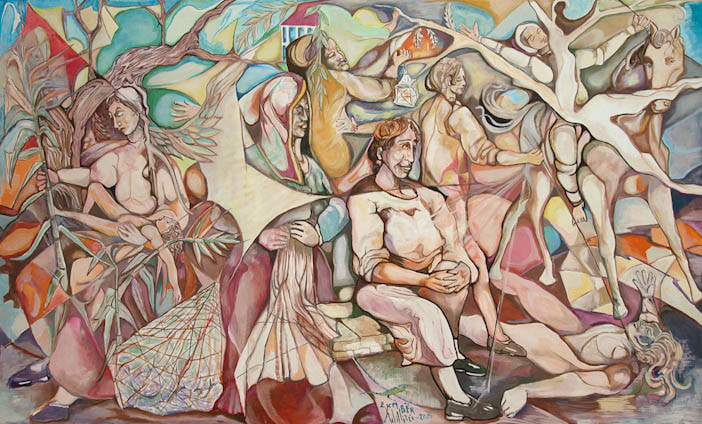
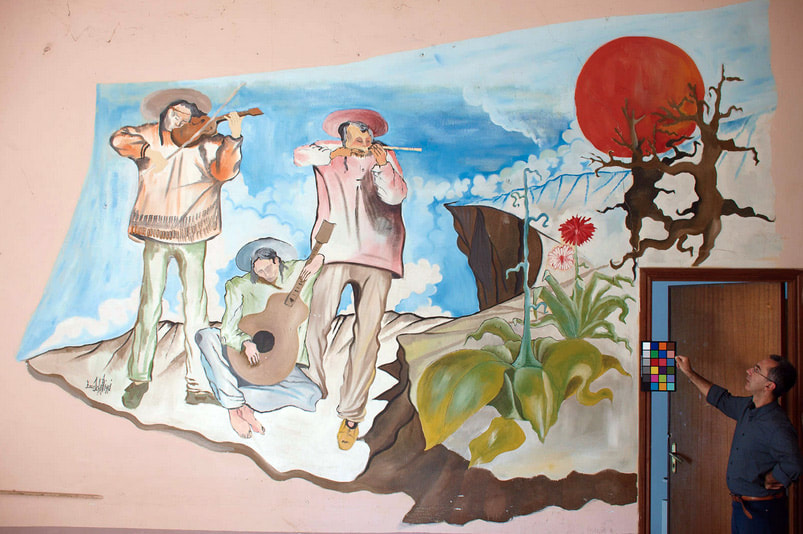
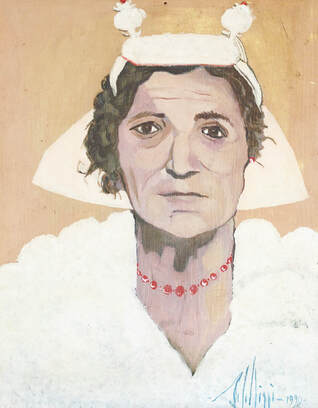
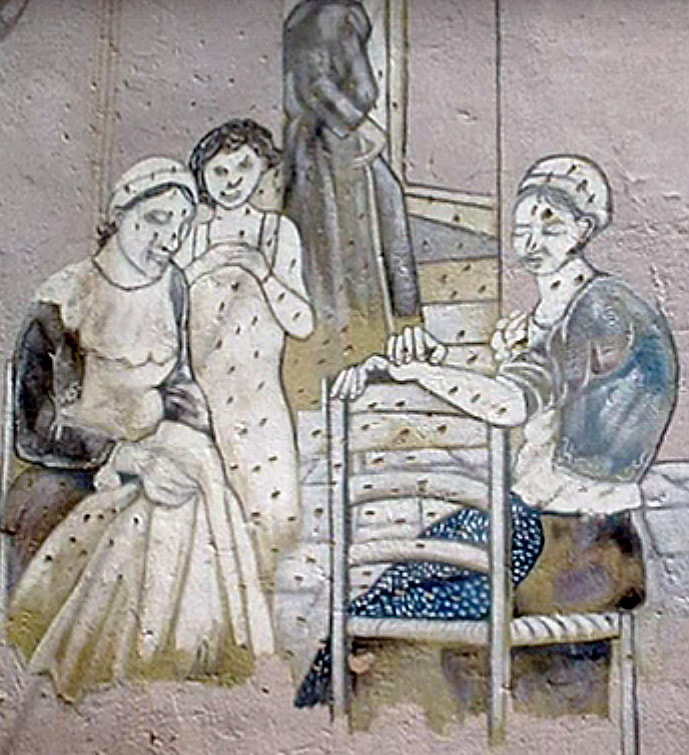
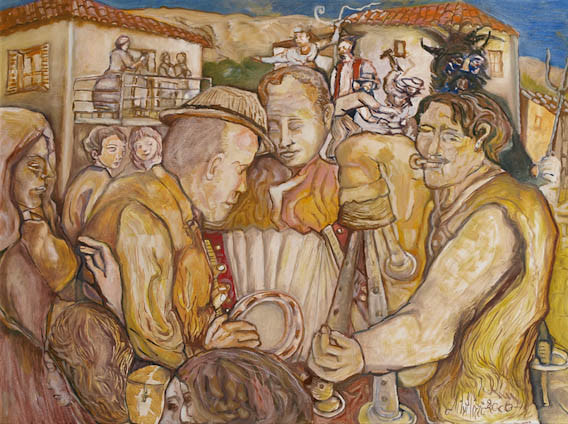
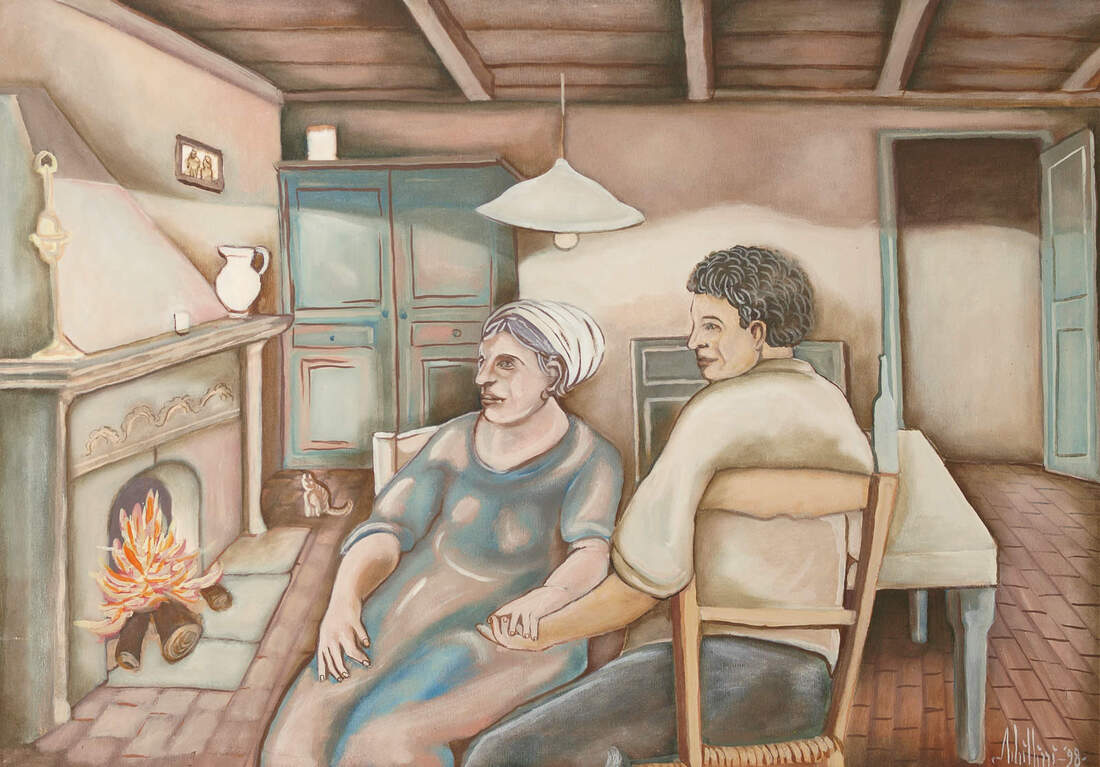
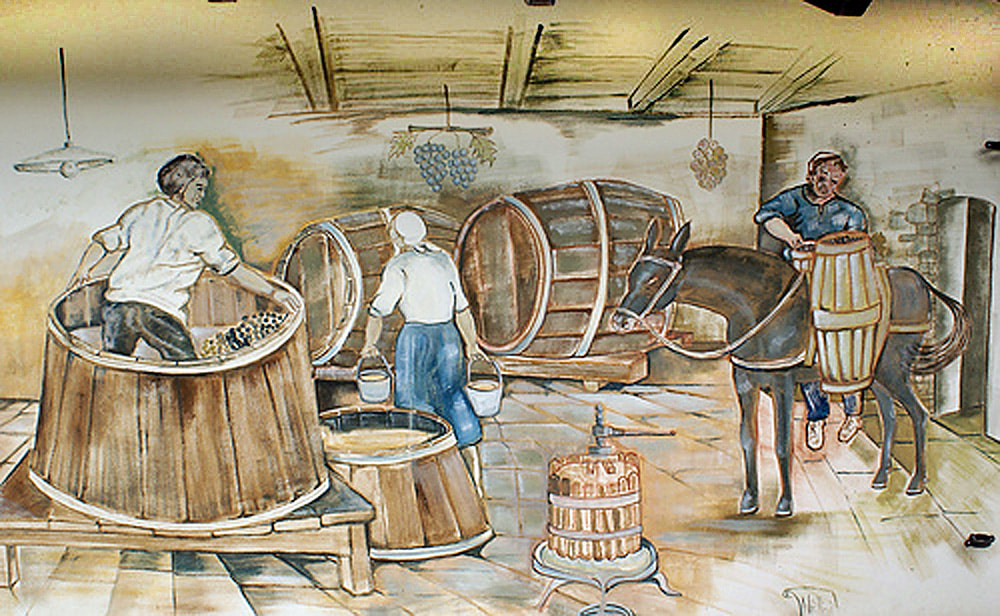
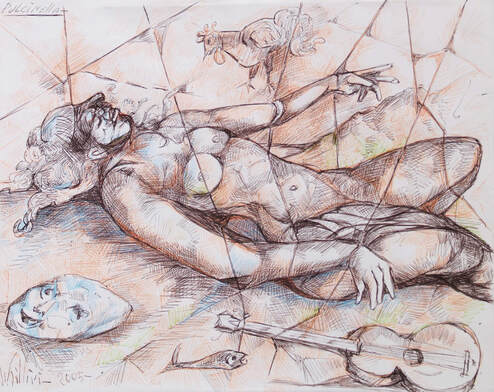
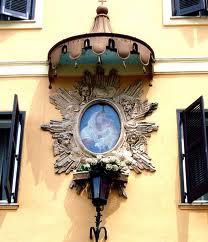
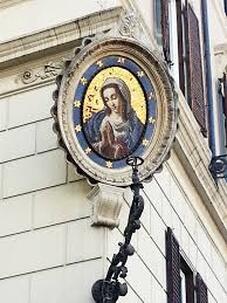
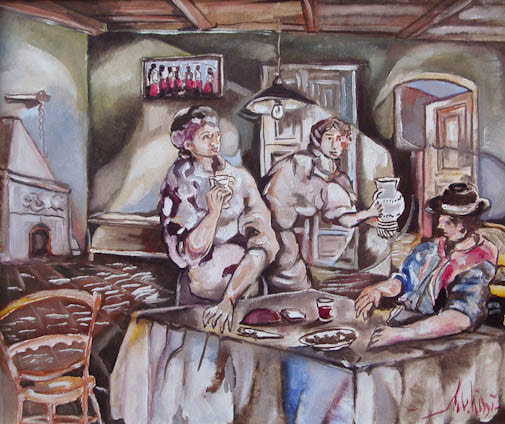
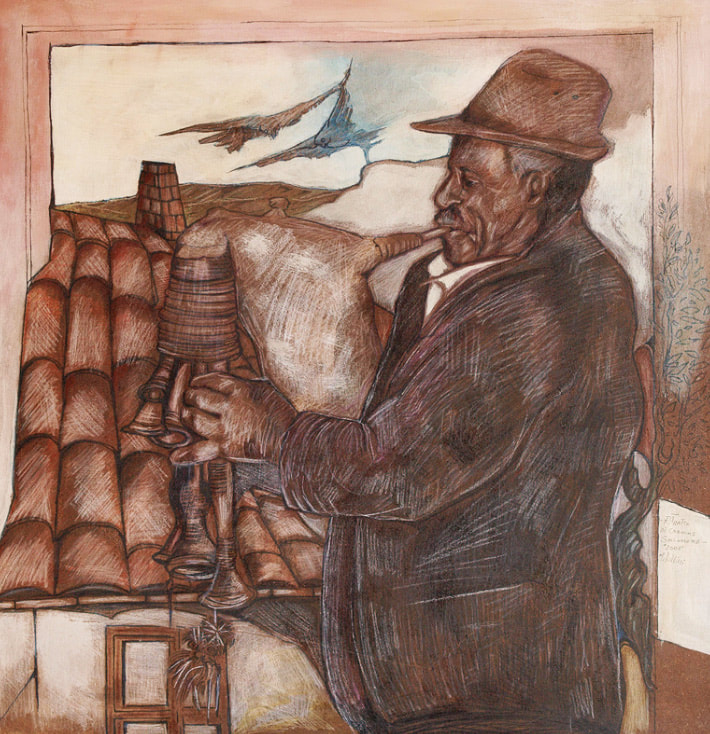
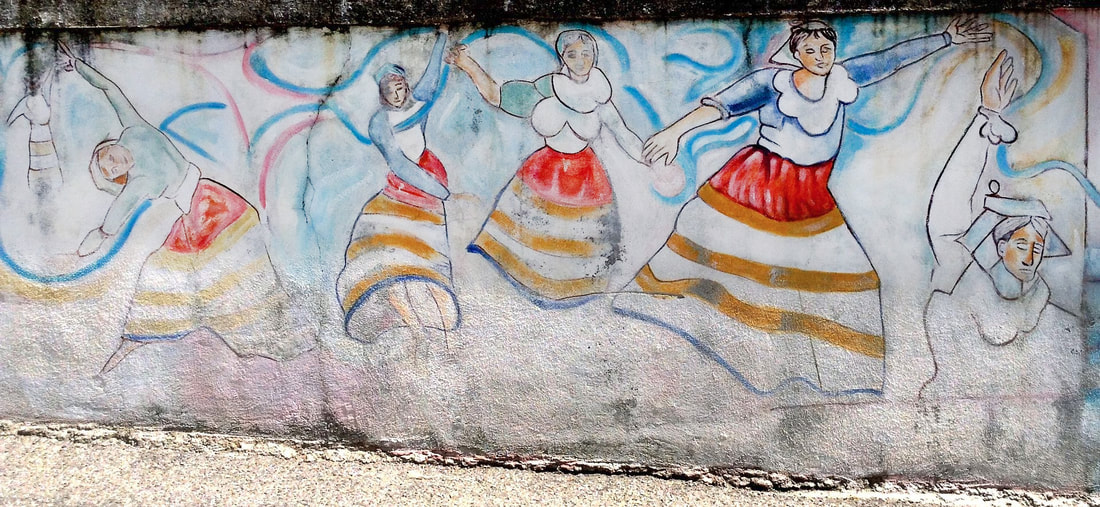
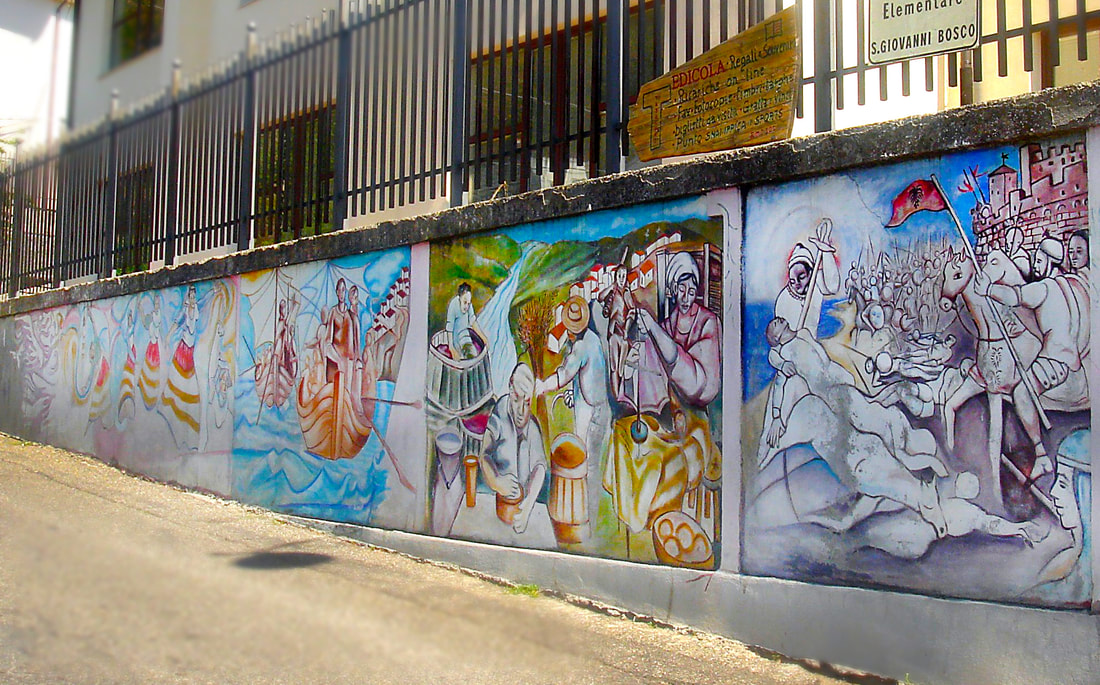
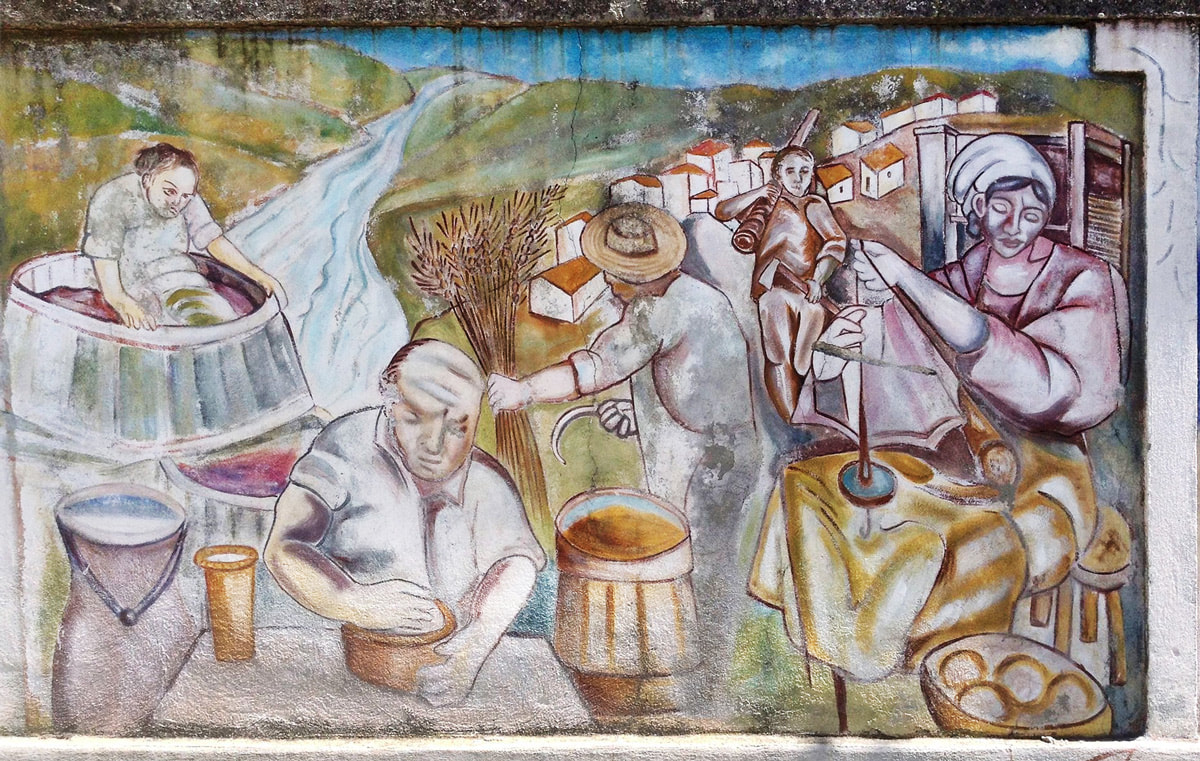
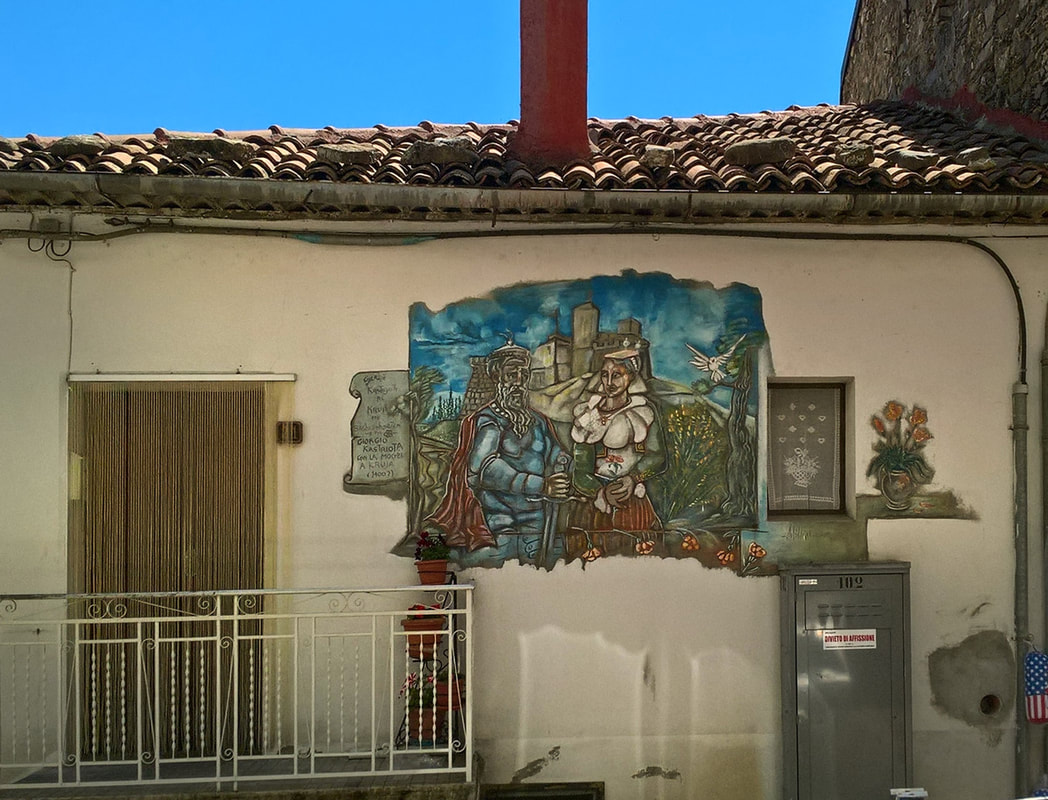
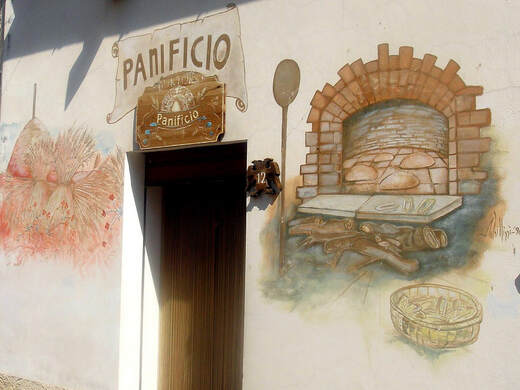
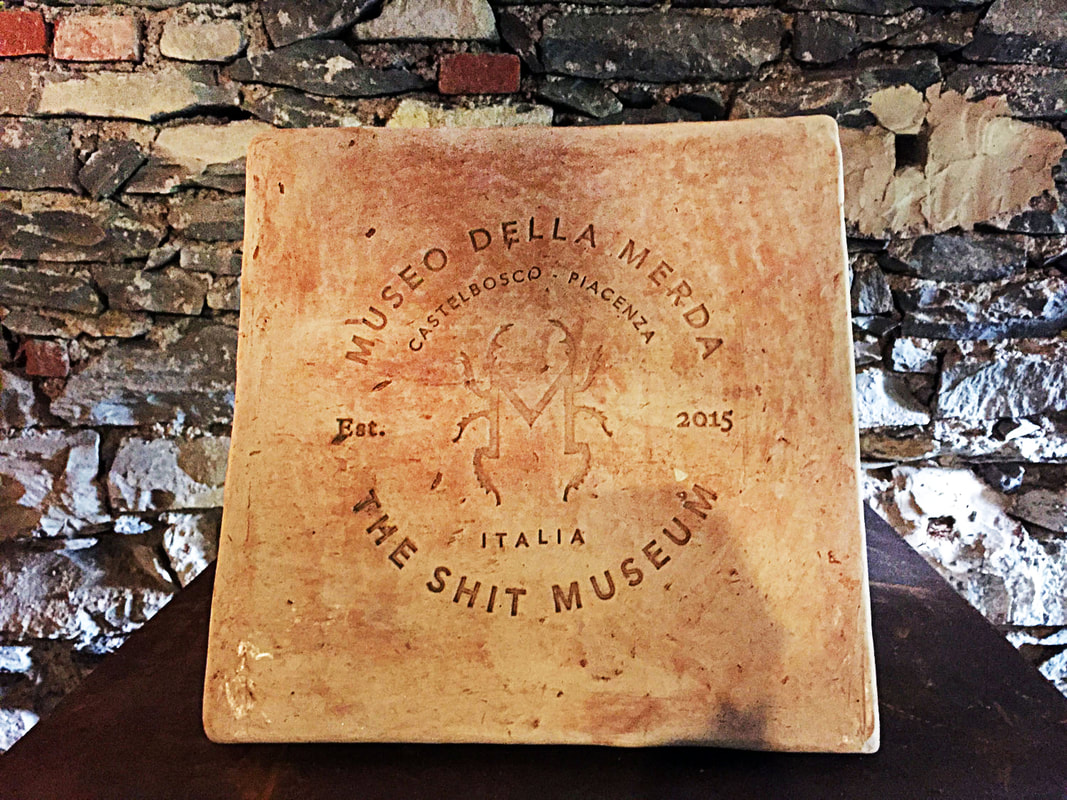
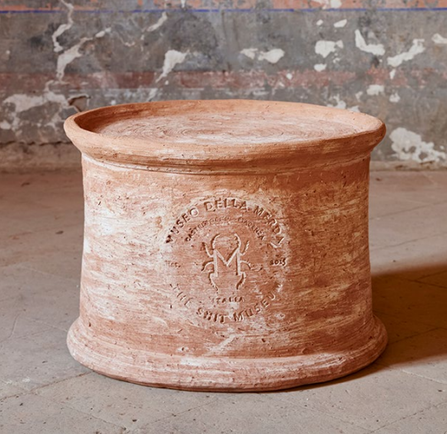
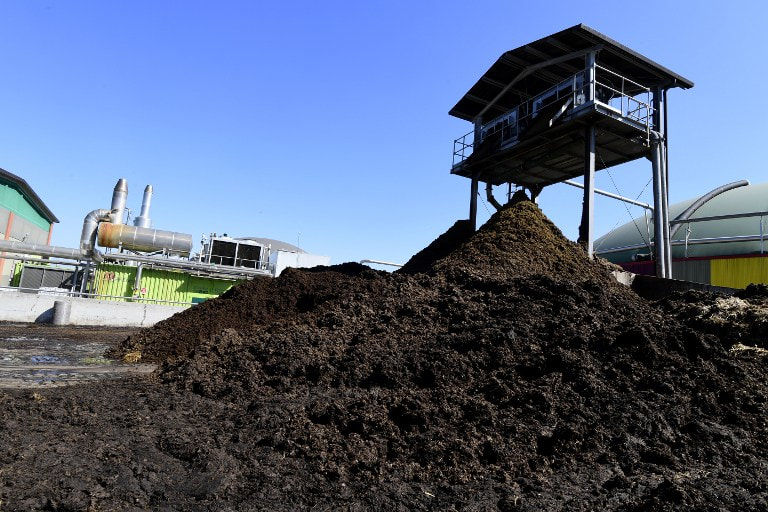
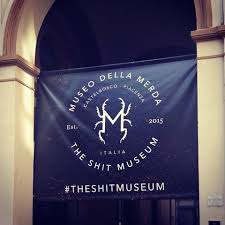
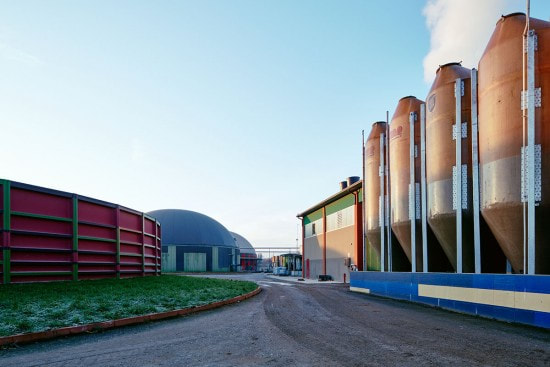
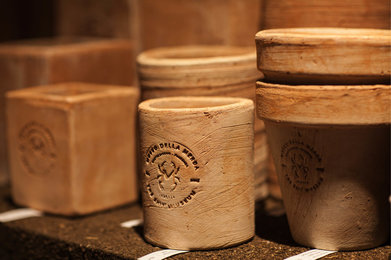
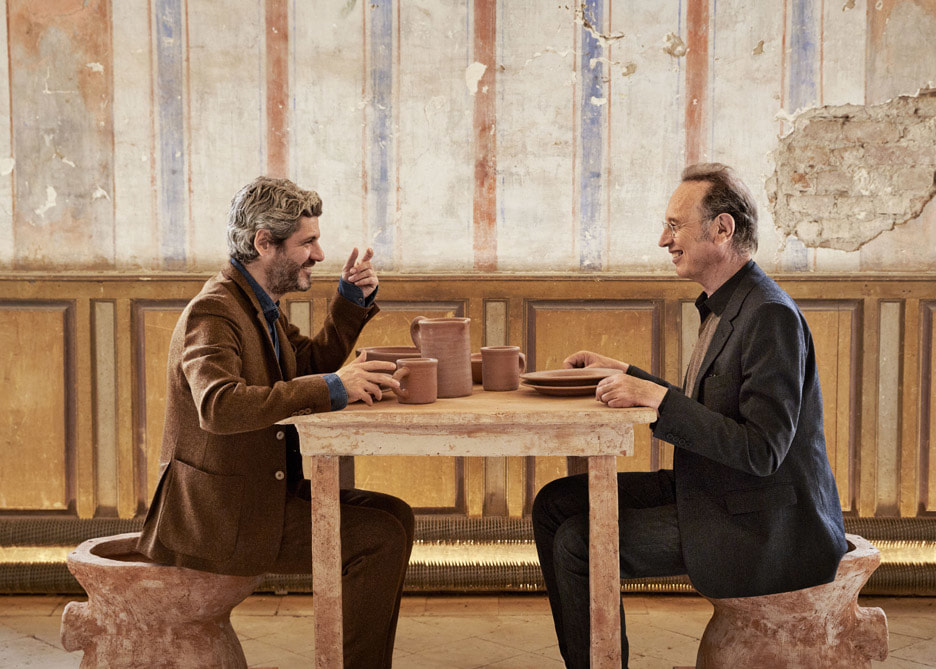
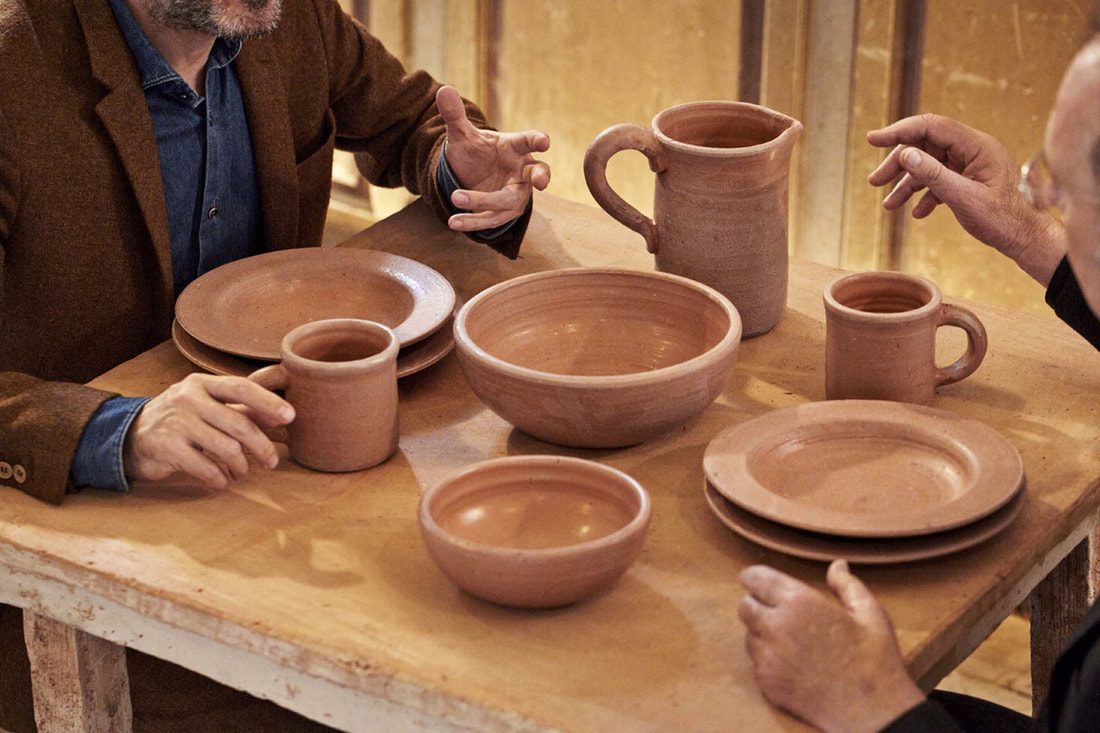
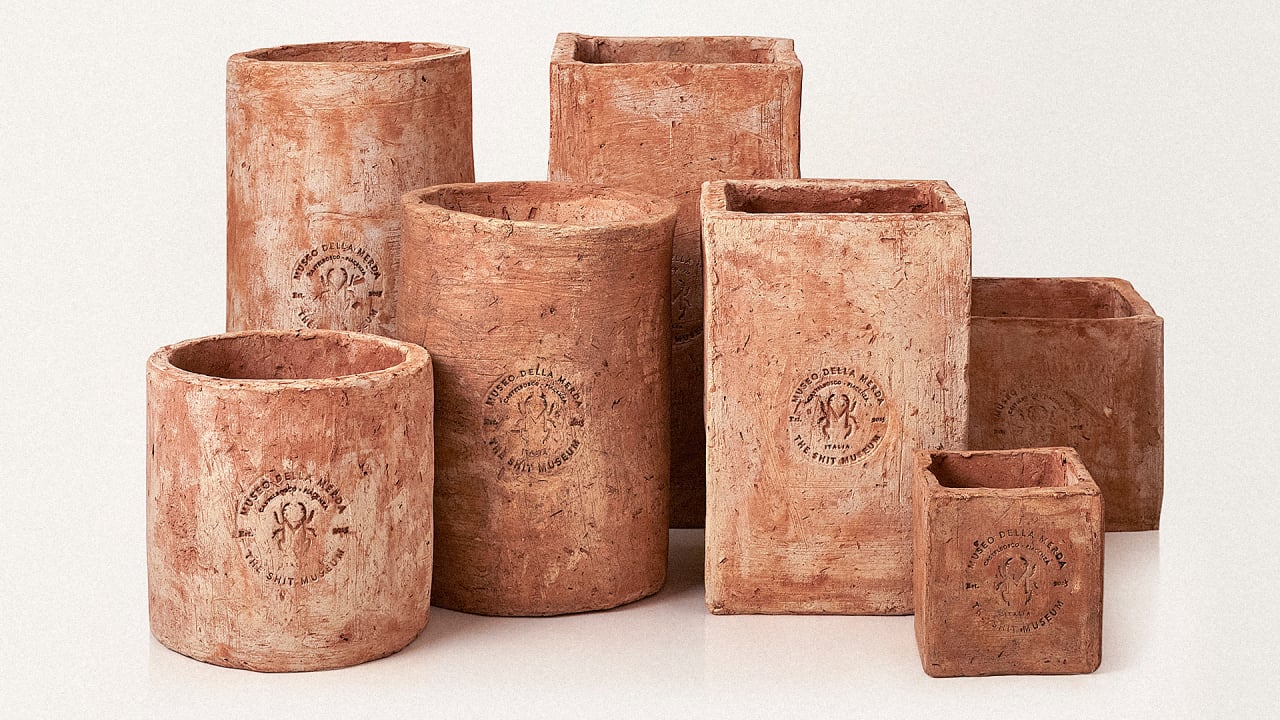
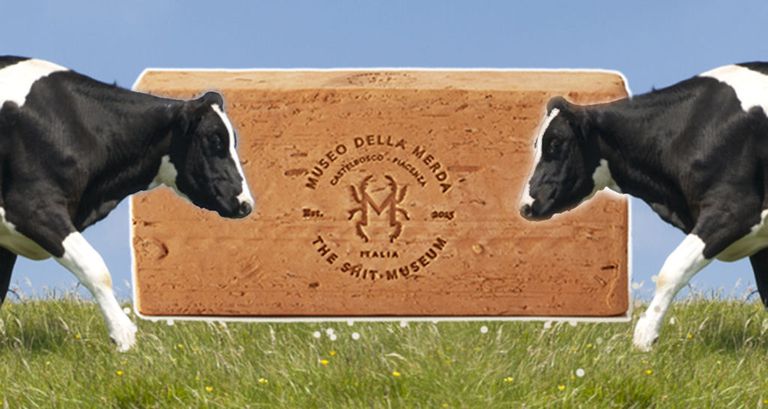

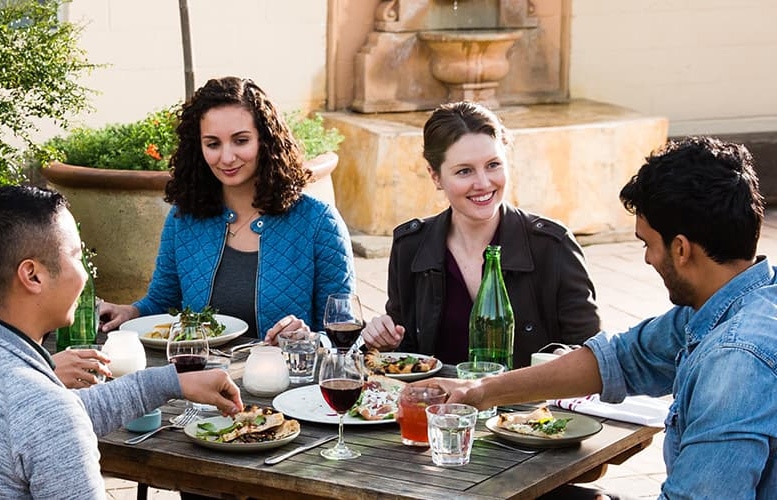
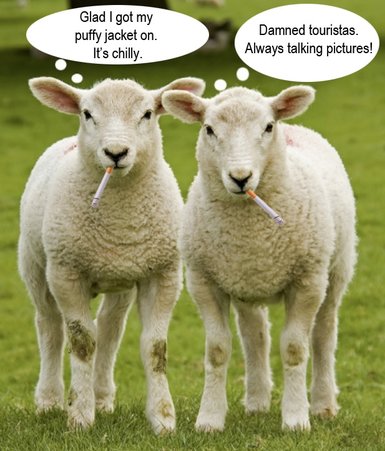
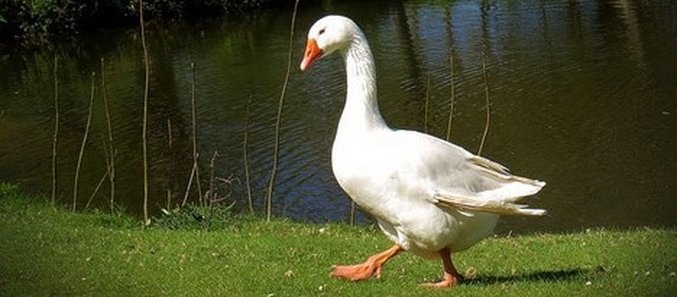
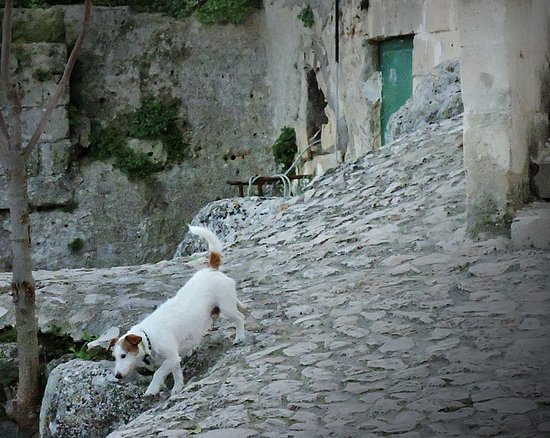
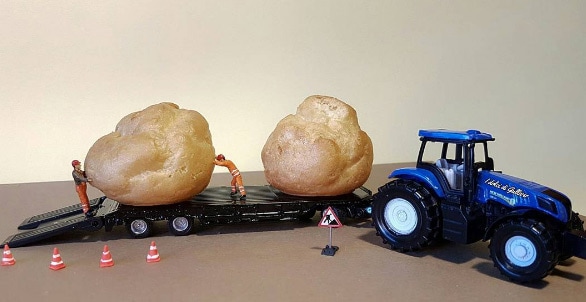
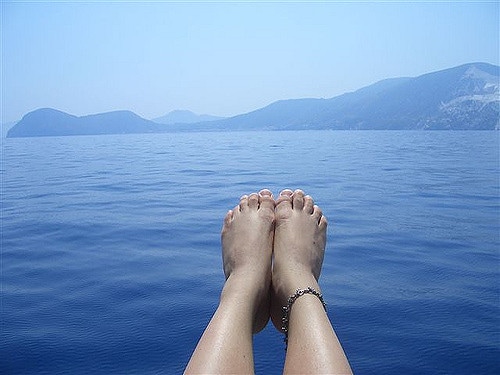
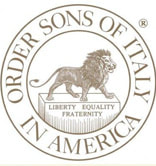
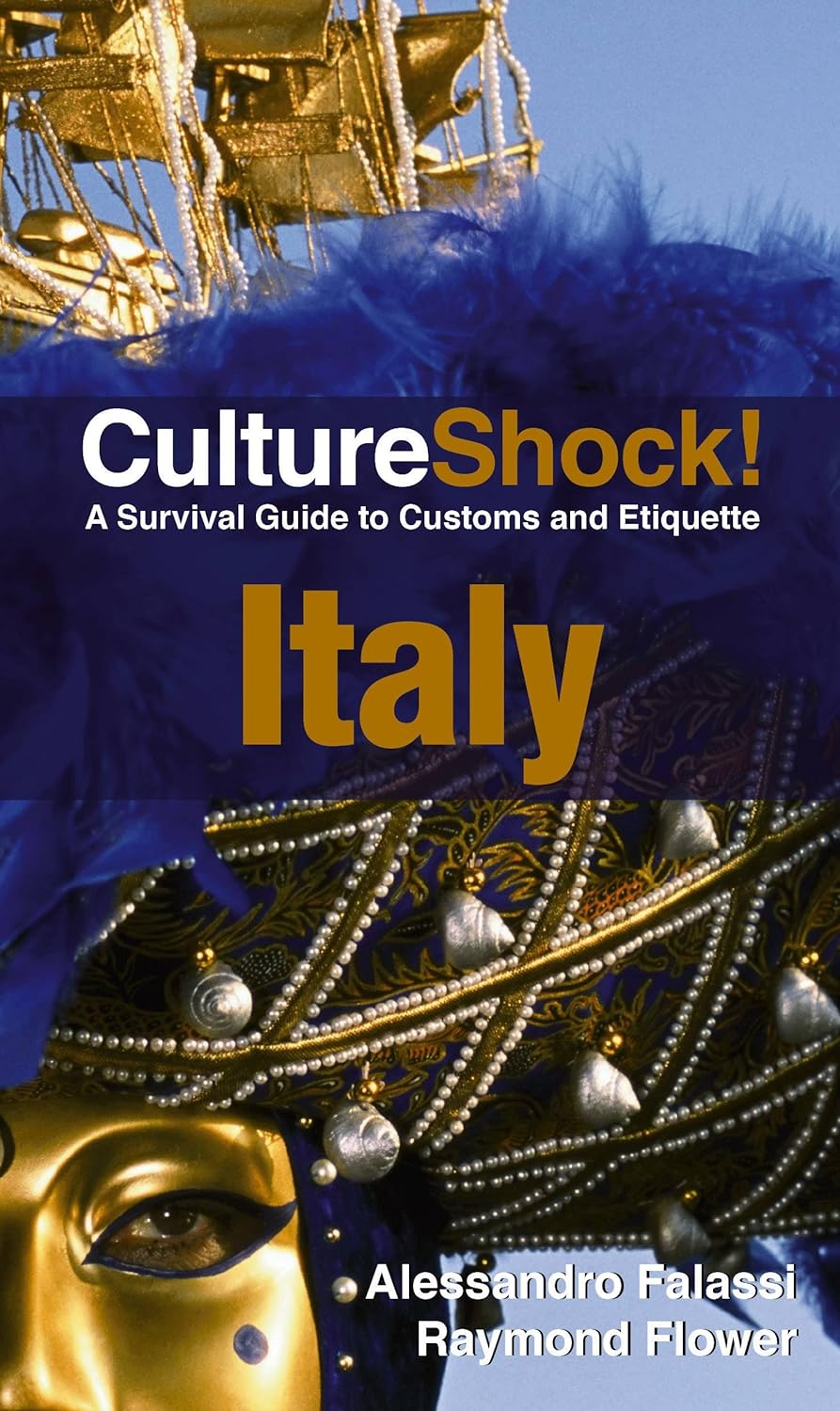
 RSS Feed
RSS Feed

